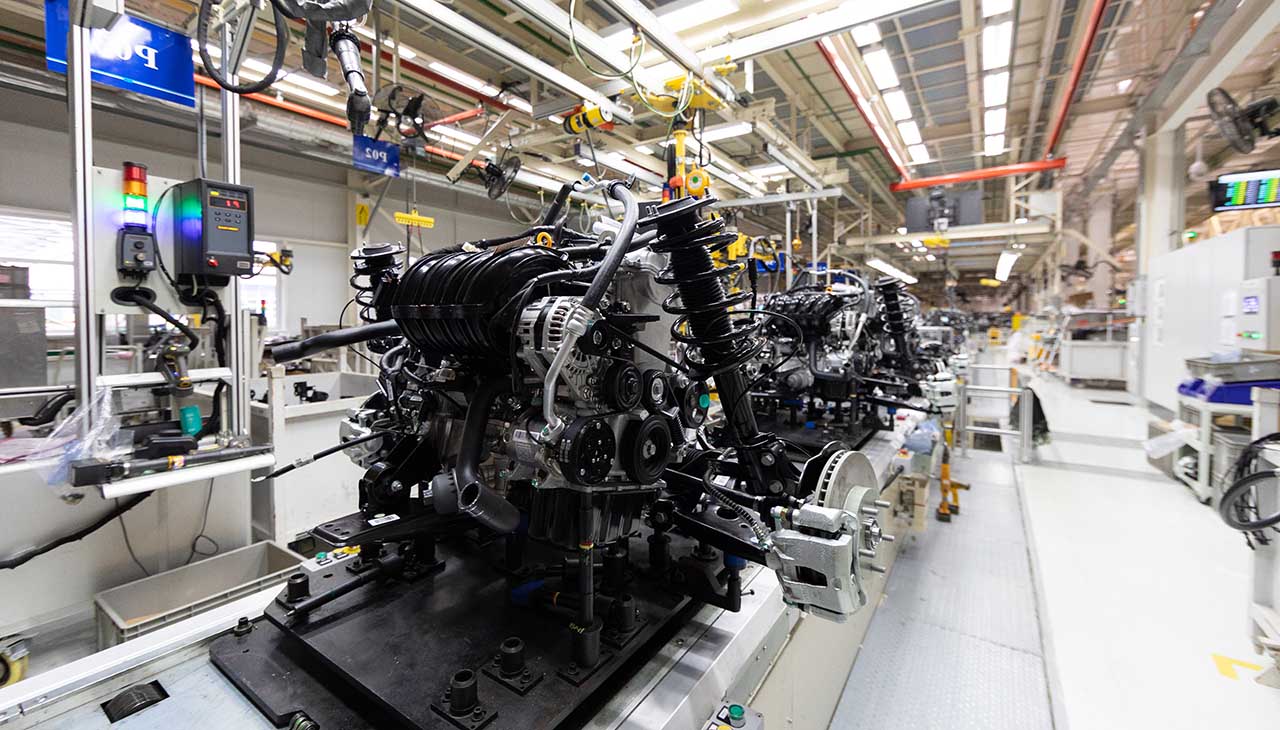The realm of personal transportation is undergoing a revolutionary transformation, driven by rapid advancements in technology and a growing awareness of environmental concerns. This evolution is not just reshaping the way we travel from point A to point B but is also redefining our relationship with mobility. In the foreseeable future, we are set to witness an unprecedented shift towards electric, autonomous, and shared vehicles, promising to make our journeys more efficient, safer, and less impactful on the planet. This chapter seeks to explore the potential pathways of this transformation, examining the innovations on the horizon and considering the societal shifts that accompany the move towards a more connected and sustainable mode of personal transport.
Trends Shaping the Future
Electric Vehicles (EVs)
Advantages of EVs over traditional vehicles
Electric Vehicles (EVs) represent a significant leap forward in reducing our carbon footprint and mitigating the effects of climate change. Unlike their gasoline-powered counterparts, EVs emit no tailpipe pollutants, leading to cleaner air and a reduction in greenhouse gas emissions. Additionally, EVs are often more efficient with energy use, translating to lower operating costs over time. The maintenance requirements for electric vehicles are also generally less demanding, given the fewer moving parts in an electric engine compared to a traditional internal combustion engine.
Growing infrastructure to support EV adoption
The infrastructure to support EVs is expanding rapidly, with an increasing number of charging stations being installed in urban and rural areas. This growth is being supported by both government initiatives and private investments, making it easier and more convenient for consumers to charge their vehicles, thereby addressing one of the significant barriers to EV adoption.
Autonomous Vehicles (AVs)
Progress in AV technology and its impact on personal transportation
Advancements in autonomous vehicle (AV) technology are set to revolutionize the way we think about personal transportation. The integration of artificial intelligence, machine learning, and sophisticated sensor technologies enable vehicles to navigate roads and react to conditions with minimal or no input from a human driver. This progress promises to improve traffic flow, reduce congestion, and significantly lower the rate of accidents caused by human error.
Safety considerations and regulatory challenges
Despite the potential benefits, the deployment of AVs comes with safety considerations and regulatory challenges. Governments and regulatory bodies are working to create frameworks that ensure the safe integration of autonomous vehicles into existing roadways. This includes establishing standards for vehicle communication and testing protocols to guarantee that AVs can operate safely alongside traditional vehicles.
Shared Mobility
Rise of ride-sharing services and their influence on personal transportation habits
The rise of ride-sharing services has dramatically influenced personal transportation habits, offering a convenient and often cost-effective alternative to vehicle ownership. Platforms like Uber and Lyft have made it possible for individuals to access on-demand transportation, tailored to their specific needs and schedules.
Benefits and challenges of shared mobility options.
Shared mobility options present numerous benefits, including reducing the number of vehicles on the road, lowering emissions, and providing affordable transportation options. However, they also pose challenges, such as the potential to increase traffic congestion in city centers and concerns over the gig economy’s impact on drivers’ rights and working conditions. As shared mobility continues to evolve, addressing these challenges will be crucial for realizing its full potential in shaping the future of personal transportation.
Technological Innovations
Flying Cars
Exploration of the potential for flying cars in urban transport
The idea of flying cars has long captivated the imagination, offering a vision of a future where the sky is utilized for personal transport. This concept introduces an innovative approach to reducing ground traffic and reimagining urban mobility. Flying cars could drastically cut travel time in congested cities and are being developed with vertical takeoff and landing (VTOL) capabilities to require minimal takeoff space, making them potentially suitable for urban environments.
Challenges and feasibility of integrating flying cars into existing infrastructure
The integration of flying cars into urban landscapes faces significant challenges, including air traffic management, safety regulations, and the development of landing pads and maintenance facilities. Additionally, there are concerns regarding noise pollution and the environmental impact of increased air traffic. The feasibility of widespread adoption of flying cars will depend on technological advancements, regulatory approvals, and societal acceptance, making it a complex yet intriguing prospect for the future of transportation.
Hyperloop and Maglev Trains
Advantages of high-speed transportation systems like Hyperloop and Maglev trains
High-speed transportation systems such as Hyperloop and Maglev trains offer a promising solution to modern travel challenges. These technologies promise to drastically reduce travel times over long distances, offering speeds that far exceed conventional rail or road travel. For example, Hyperloop proposes to transport passengers at speeds of up to 600 miles per hour in low-pressure tubes, potentially turning hours-long trips into minutes. Similarly, Maglev trains, which levitate above the tracks to reduce friction, already operate in some parts of the world, providing swift, efficient, and quieter alternatives to traditional rail.
Implications for long-distance travel and urban congestion
The implementation of high-speed transportation systems like Hyperloop and Maglev trains could significantly impact long-distance travel and urban congestion. By providing faster alternatives to driving or flying for intercity travel, these systems could relieve pressure on crowded highways and airports. This shift could lead to reduced urban congestion, lower emissions, and a decrease in the reliance on personal vehicles, aligning with goals for more sustainable and efficient transportation networks.
Environmental Impact
Sustainability
Role of Personal Transportation in Climate Change
Personal transportation is a significant contributor to global greenhouse gas emissions, playing a considerable role in climate change. The reliance on fossil fuels for vehicles releases large quantities of CO2 and other pollutants into the atmosphere, exacerbating global warming and environmental degradation. Reducing the carbon footprint of personal transport is therefore crucial in combating climate change and achieving sustainability goals.
Strategies for Reducing Carbon Emissions in the Transportation Sector
To mitigate the environmental impact of transportation, several strategies can be employed. Transitioning to electric vehicles (EVs) and increasing the availability of public charging infrastructure can significantly reduce reliance on fossil fuels. Additionally, improving public transportation systems and promoting biking and walking can decrease the number of vehicles on the road. Investments into research and development of more efficient vehicle technologies and sustainable fuels are also essential for lowering emissions in the long term.
Green Technologies
Adoption of Renewable Energy Sources in Powering Future Transportation
The transition towards renewable energy sources is vital for powering future transportation sustainably. Solar, wind, and hydroelectric energy can provide cleaner power for electric vehicles, reducing the dependence on oil and gas. Innovative solutions, such as solar-powered charging stations and incorporating photovoltaic panels into vehicles, are being explored to harness renewable energy directly for transportation needs.
Development of Eco-Friendly Materials for Vehicle Manufacturing
Beyond propulsion, the development of eco-friendly materials for vehicle manufacturing plays a crucial role in reducing the environmental impact of personal transportation. Advances in sustainable materials science have led to lighter, stronger, and more recyclable components, from bio-based plastics to carbon fiber made from lignin. These materials can lower the overall energy consumption of vehicles by reducing weight, extending vehicle life cycles, and enhancing recyclability, further contributing to the sector’s sustainability.


